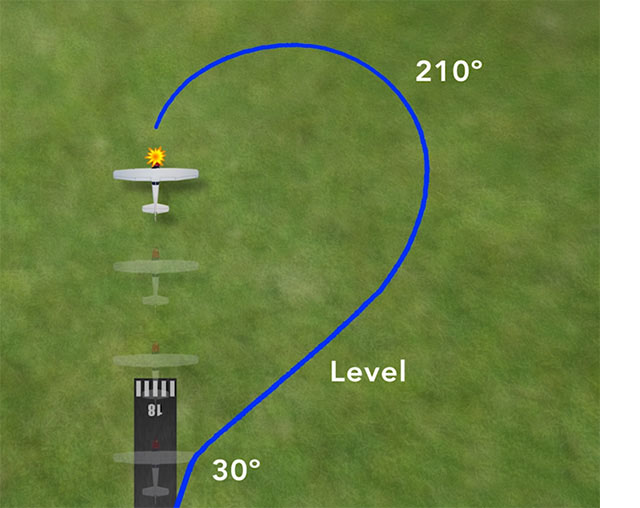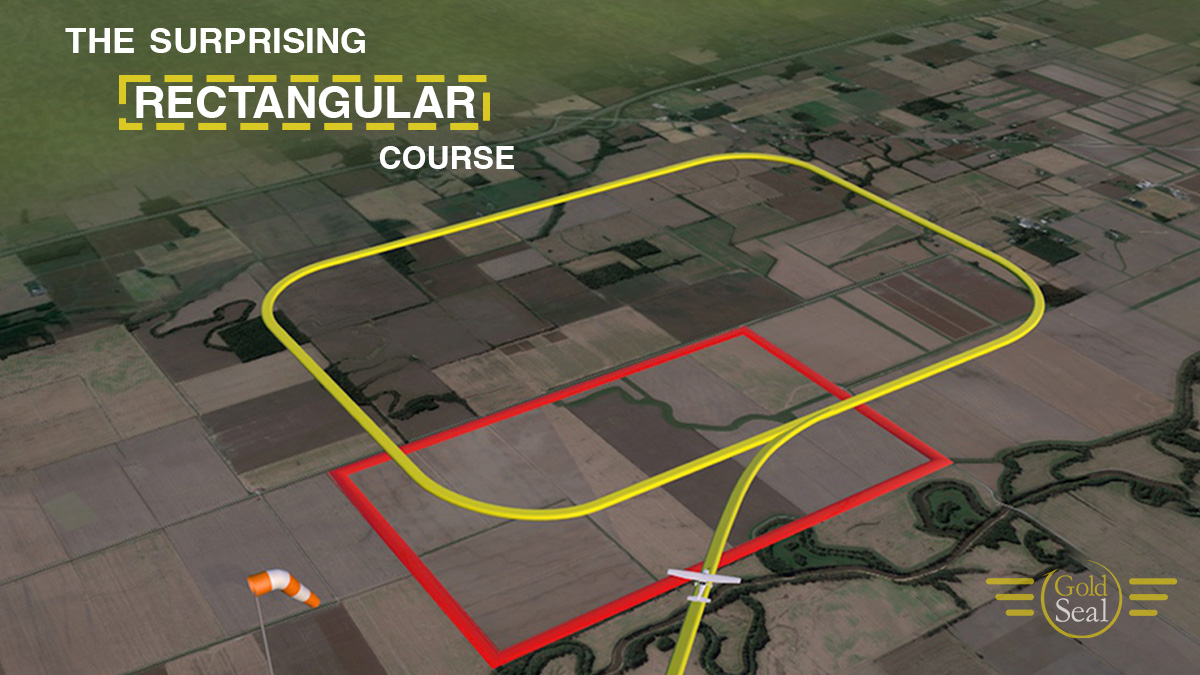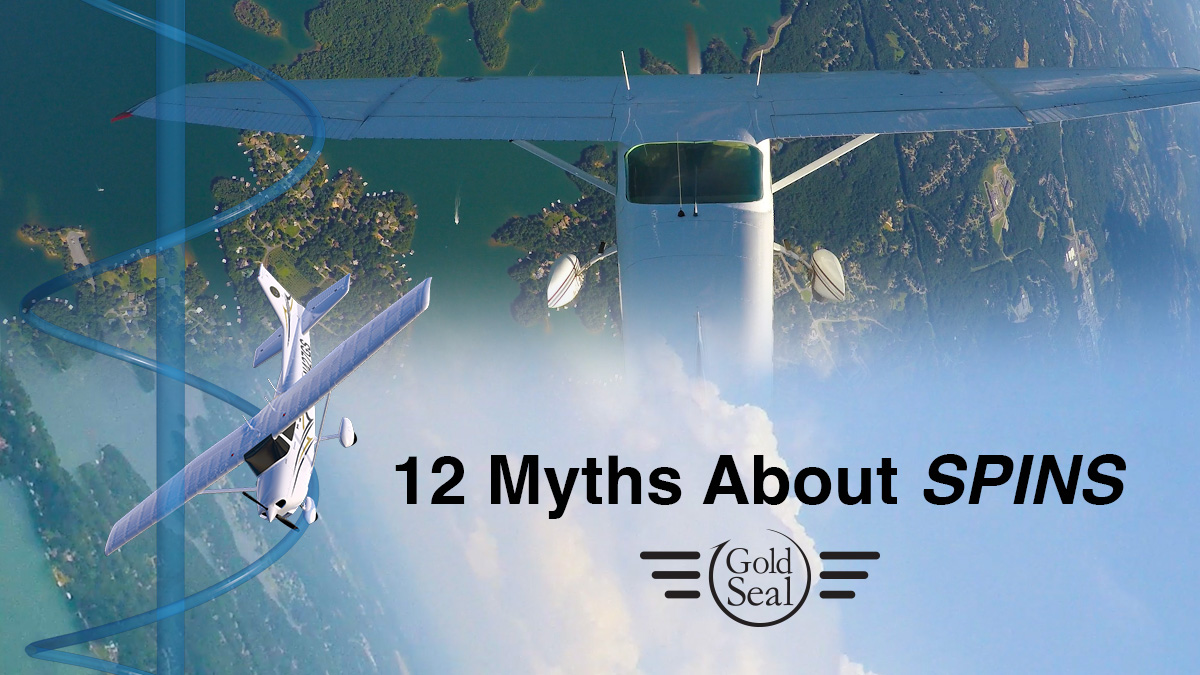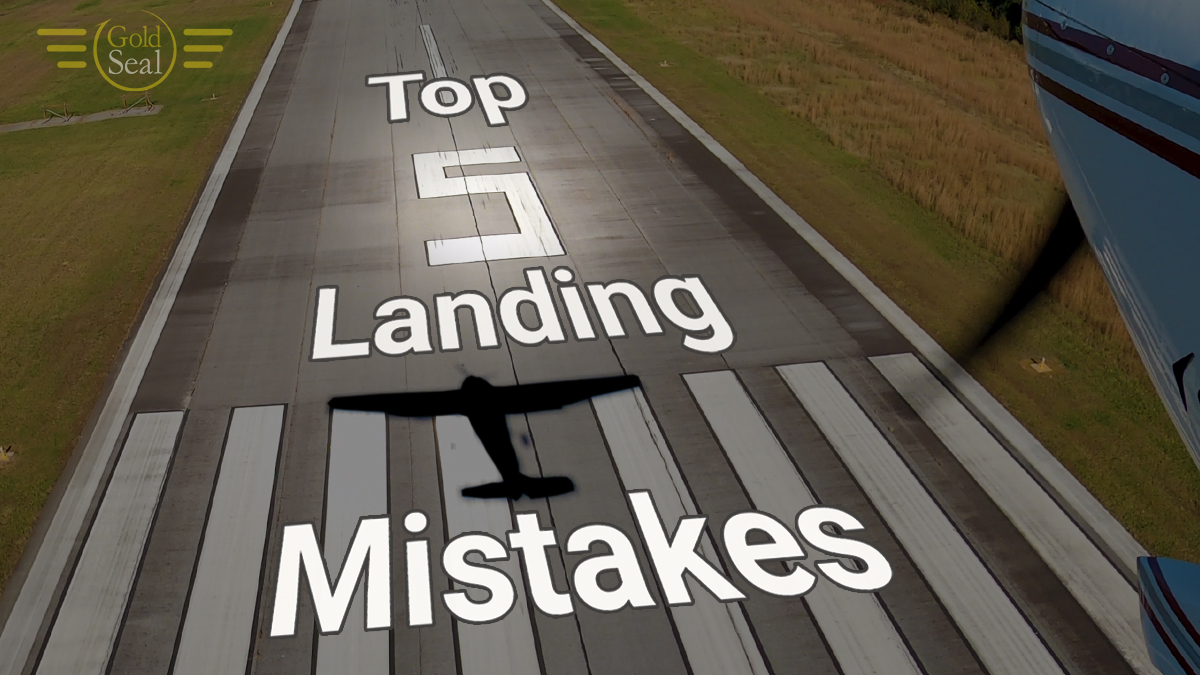
Top 5 Myths About the Impossible Turn
by Russ Still
Published
Updated
The infamous "impossible turn". It has been one of the most controversial topics in aviation for decades. Some people promote it and others denounce it. The real issue is that most people misunderstand it.
What Is the Impossible Turn?
 The maneuver is correctly known as the turnback. It is a high-precision, emergency procedure that may be used during an engine failure shortly after takeoff. Without proper training, it is highly dangerous. It should only be attempted under limited circumstances. Being able to recognize those circumstances is the first step.
The maneuver is correctly known as the turnback. It is a high-precision, emergency procedure that may be used during an engine failure shortly after takeoff. Without proper training, it is highly dangerous. It should only be attempted under limited circumstances. Being able to recognize those circumstances is the first step.
The turnback is not a 180° maneuver. It consists of a roughly 240° gliding course reversal, at a predetermined airspeed, with the goal of returning for a landing at the departure airport. Under most conditions it is safer to fly straight ahead and land under control without drastic maneuvering. It's not the maneuver that gets pilots into trouble, it's the decision of whether or not to try it.
Pilots are Faced with this Problem.
The turnback maneuver requires a considerable amount of training and study. It is complex and demands a high degree of knowledge and proficiency from the pilot. The biggest problem is that pilots frequently over-simplify it. It can be impossible or possible, depending on the situation. It can even be a pilot's BEST option under the right conditions. But because so many people have an incomplete understanding of the maneuver, it too frequently leads to fatal accidents.
Without proper training and subsequent practice, the turnback should never be attempted. And even with knowledge and proficiency, without a pre-takeoff briefing, it should not be executed. A mistake as simple as failing to note the direction of a crosswind can give an unbriefed turnback attempt a risky 50-50 chance of success.
1)The primary factor in successfully performing the turnback is altitude.
A major factor in the safe return (after a turnback) is glide radius. Climbing to a higher altitude does expand the cone of the glide radius, but it also places the airplane further from the airport. And this problem can be exacerbated by runway length. An altitude (the DH, or decision height) that might safely get you back to the departure end of a 5,000 foot runway will bring you up short on a 3,000 foot runway.
Shorter runways dictate a steeper climb if a turnback is to remain an option. This relationship between climb angle, glide angle, and runway length is the most important mathematical factor in a successful turnback. Altitude is secondary and is simply a function of the other three.
Never assume that, just because you reached your target altitude, you can safely turn back to the airport. You must factor in runway length and wind. The DH has a fixed position, not just in altitude, but also in its lateral distance from the departure end of the runway. But note this: the DH is just the beginning of a very short window of opportunity. Go too far and the turnback will be a physically impossible - you'll either be too far from the airport, or below the return glide path.
2) Bank angle in the turn should be shallow to minimize loss of altitude.
The exact numbers vary from one airplane model to the next, but an excessively shallow turn will do just the opposite. A shallow bank will cause an increase in the loss of altitude. This is because the airplane is turning more slowly and will take longer to complete the initial 210° turn. And it will be descending the entire time.
3) Steeper bank angles are safer because they minimize loss of altitude.
It is true to say that a steeper bank produces a smaller turn radius and a quicker turn. At various steep angles, it may minimize the loss of altitude. But it comes with a price.
Unless you are in an accelerating spiral, load factor increases with bank angle. At 60° of bank, load factor is doubled and the stall speed increases by nearly 50%. This closes the margin between your best glide speed and the stall speed. In a high-stress emergency, with the ground rushing up at you, this increases your risk of a stall/spin event. The turnback is a high-precision maneuver. At excessively high bank altitudes (anything greater than 45°) imprecise control can result in an accelerated stall and subsequent spin entry.
4) I've done the impossible turn at 500 feet AGL, so that's my number.
We have all seen videos of Cessna 172s pulling off the turnback at 500 feet. It clearly isn't impossible, but the variety of factors that come into play make it improbable. And highly dangerous. Most of these videos and anecdotes result from calm winds, lightly loaded airplanes, no time for the "startle response", and very long runways. Even then, this is an exceedingly risky demonstration. Change any of the factors: add a 10-knot crosswind; add a 4-second startle response; fly from a 3,000 foot runway. Any of these changes will almost certainly make this a truly "impossible" turn.
Don't accept anyone else's number as your decision height. You have to determine your own DH, along with a minimum climb gradient, based on flight testing and consideration of the current factors.
5) The manuever is easy if you stay calm and fly the airplane.
The only time this maneuver is easy is on the day that you've been practicing it. Even for those who are practiced and proficient, unless the maneuver was briefed prior to takeoff, it should not be an option in an emergency. This is not a seat-of-the-pants exercise. Without briefing it, you won't be able to factor in all the variables that exist for that point in time on that runway. It is a high-precision maneuver with no room for sloppiness.
Practice ● Proficiency
Recognition ● Response
Brief Before Every Takeoff



